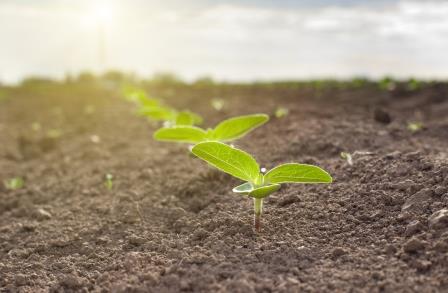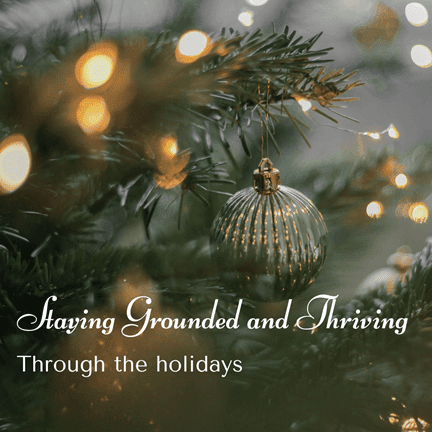Trauma Training Tip
By Alaine D. Duncan, M.Ac., L.Ac
Feeling a little cranky lately?
Here we are, cooped up in our homes, with a massive and insidious wall of virus blocking our dreams, hopes, and aspirations for the coming year. We can’t even begin to imagine the many ways our future will be different.
While we are all having to respond to an invisible threat in our midst, some among us – those working in the service industries, those who can’t quarantine themselves in crowded conditions – like homeless shelters, prisons, or densely packed low income housing complexes, and those with pre-existing medical conditions are facing this threat without a shield, and wielding only a very small sword. Health disparities are screaming. The world is being forced to come to terms with the vulnerability of the most vulnerable.
Even in “normal” times, Spring naturally gives rise to experiences of feeling cranky. It’s the time when new beginnings are trying to push through dense, packed soil. We need a wee bit of cranky to find the power to push through soil made dense by Winter’s harshness – and manifest our own growing season.
The Wood Element governs the Spring season. It mirrors the role of the Sympathetic Nervous System (SNS) in neuro-biology, and is responsible for our mobilization response – our fight or flight. Our SNS is always “on” and available to fulfill its function to protect and defend us by helping us orient to threats and mobilize our fight or flight response.
Understandably, the Wood season’s emotion is anger.
However, as primates, our biology requires us to be in relationship with our tribe. Cranky and its relatives – frustration, anger, and rage – can get in the way of creating the warmth of relationship, compassion, and understanding that we also need to be welcomed into our tribe – especially when we are facing threats like the one we are facing globally right now.
We need our Parasympathetic Nervous System (PNS) – especially our “social” or ventral vagus nerve to help our mobilization responses be thoughtful and considerate of the generations that will come after us, the impact of our actions on others – and our own long-term health and welfare.
Our lives are in each other’s hands. This quarantine-thing makes nurturing the critical capacity of our primate brain to mitigate our stress response through relationships even harder. Without exercising our social engagement system on a regular basis – engaging with our various “tribes” in meaningful ways, we are left with the exclusive use of more primitive fight, flight or freeze responses in charge of how we navigate life.
We need to honor the physical distancing that our public health experts advise – and be creative in how we build bridges. This is for social engagement. Here’s what one neighborhood is doing at 6 p.m. everyday.
I know others who are having “virtual” dinners with friends; going for “physically distant” walks, and checking in with elderly and distant friends. The important thing is that there is time in your day to hear nuances in a fresh, non-recorded voice; look into the eyes of someone you care for and who cares for you; and feel a sense of connection.
These social connections will help us make good use of the Wood/Spring energy to help us mobilize a helpful response to protect and defend highly vulnerable neighbors. It will also help deepen our relationships as we build the new and different future we will create together.
First published on Alaine D. Duncan’s website and republished here with permission.








